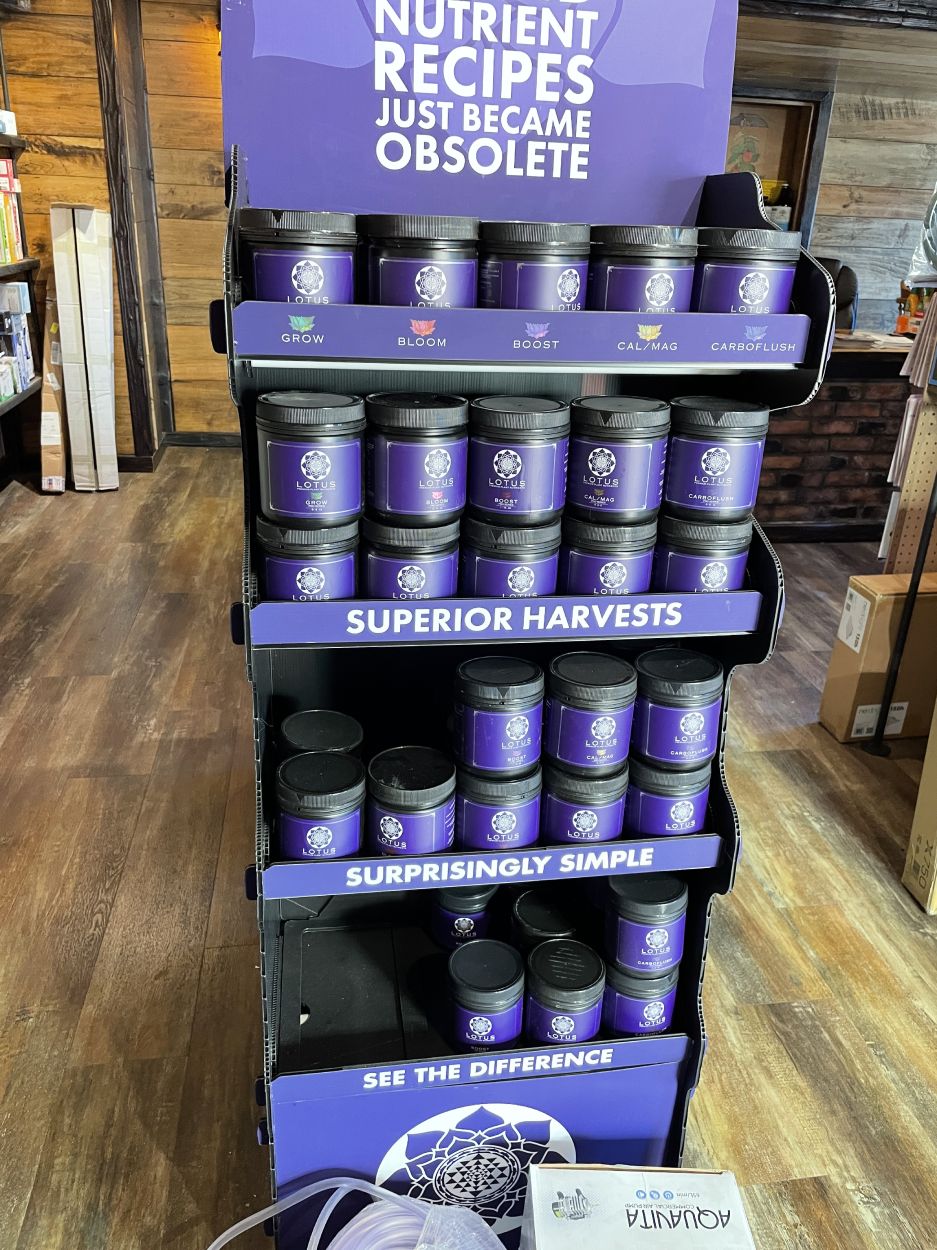Unlocking the Prospective of Hydroponics: Comprehending Its Makes Use Of and Different Types
Hydroponics, a technique of growing plants without soil, has gathered raising attention for its prospective to reinvent farming and horticulture methods. The accuracy control over nutrient delivery, water usage, and environmental aspects supplies a glimpse into a future where food manufacturing can be maximized in various settings. As we navigate with the complex landscape of hydroponic systems and techniques, it ends up being noticeable that each approach holds distinct advantages and limitations. By unwinding the varied usages and kinds of hydroponics, we can reveal a globe of opportunities that might improve just how we picture sustainable farming and gardening practices.
Benefits of Hydroponic Systems

Another advantage of hydroponic systems is the capacity to expand plants in a smaller sized room. By removing the demand for soil, plants can be expanded up and down or in piled systems, optimizing making use of offered area. This is especially helpful in metropolitan locations or areas with restricted cultivable land. In addition, hydroponic systems lower the threat of soil-borne illness and bugs, as there is no soil to harbor these risks. This results in healthier plants and lowers the demand for dangerous pesticides, making hydroponic farming a more environmentally pleasant and lasting option.
Typical Uses in Farming

Provided the effective water preservation and space-saving advantages of hydroponic systems, it appears that these ingenious agricultural techniques have actually discovered usual usages in different markets of farming. In typical farming, soil-based farming can be land-consuming and labor-intensive. Hydroponics offers a service by enabling crops to be grown without dirt, lowering water use by approximately 90% compared to traditional farming methods. This makes hydroponics particularly suitable for regions facing water deficiency or minimal cultivable land. The regulated atmosphere of hydroponic systems allows year-round growing, providing a regular supply of fresh fruit and vegetables regardless of external climate conditions.
Hydroponics is frequently utilized for expanding a variety of crops, consisting of leafy environment-friendlies, tomatoes, cucumbers, strawberries, natural herbs, and peppers. Its convenience reaches upright farming, city agriculture, and greenhouse manufacturing. Additionally, hydroponic systems are used in study and educational setups to research plant cultivation, nutrition, and development strategies. The adaptability and effectiveness of hydroponics make it a beneficial device in modern agriculture, resolving the challenges of sustainability, food safety and security, and source optimization.
Discovering Various Hydroponic Strategies
What are the numerous innovative methods used in hydroponics to enhance crop cultivation efficiency and yield? Hydroponic systems provide a variety of techniques that satisfy different plant types and farming objectives. One preferred strategy is the Deep Water Society (DWC) system, where plant roots are submerged in a nutrient service, offering adequate oxygen and nutrients. One more widely made use of approach is the Nutrient Movie Strategy (NFT), which includes a shallow stream of nutrient service flowing over the plant origins, promoting water and nutrient uptake. Furthermore, the Ups and downs system, additionally recognized as the Flood and Drain system, periodically floodings the plant origins with nutrient remedy, enabling oxygenation during draining pipes durations. Aeroponics is another sophisticated method that involves misting plant roots with a nutrient remedy, taking full advantage of oxygen absorption and nutrient uptake. Each of these techniques showcases the versatility and performance of hydroponic systems in improving plant development and yield.
Contrasting Various Hydroponic Solutions
Checking out the performance and return improvement techniques in hydroponics leads us to compare different hydroponic systems offered for plant growing. Each hydroponic system has its unique attributes, advantages, and restrictions, making it critical for farmers to select the most suitable system based on their details needs and restraints.
One of the most common hydroponic systems is the nutrient film technique (NFT), where a thin film of nutrient service constantly streams over the plant roots. In contrast, the deep water culture (DWC) system submerges plant roots straight right into the nutrient remedy, giving sufficient oxygen and nutrients.
One more prominent hydroponic system is the ups and downs (or flooding and drainpipe) system, which periodically floodings More hints the plant origins with nutrient option prior to draining it. This cyclic process guarantees proper oygenation for the roots while delivering nutrients efficiently. Additionally, the aeroponic system suspends plant roots airborne and hazes them with a nutrient service, promoting rapid development and high oxygenation degrees. Cultivators trying to find a versatile system that minimizes water use commonly choose aeroponics. Home Page By recognizing the distinctions in between these hydroponic systems, cultivators can make informed decisions to optimize plant yield and high quality.
Developments in Hydroponic Technology
One key development is the growth of smart hydroponic systems that use sensing units and automation to check and adjust environmental conditions such as pH levels, nutrient concentrations, and light direct exposure in real-time. These systems make it possible for specific control over expanding conditions, leading to optimal plant growth and higher crop yields.
One more significant advancement is the integration of upright farming techniques with hydroponic systems, permitting the growing of plants in piled layers. This upright strategy takes full advantage of room application, making it ideal for urban environments where land availability is limited - The Indoor Earthworm. Additionally, the use of sophisticated LED illumination systems customized to certain plant demands has enhanced energy effectiveness and improved growth rates in hydroponic setups
Advancements like these are driving the development of hydroponics, making it a extremely appealing and sustainable option for modern farming.
Conclusion
To conclude, hydroponics supplies numerous advantages in agriculture and has various strategies and systems that can be made use of to optimize its capacity. Advancements in hydroponic innovation remain to boost efficiency and sustainability in food manufacturing. By comprehending the uses and various kinds of hydroponic systems, farmers and growers can open the full possibility of this cutting-edge technique of growing plants without dirt.
Additionally, hydroponic systems allow for far better control over nutrient levels, pH equilibrium, and environmental problems, leading to healthier plants and higher returns.
